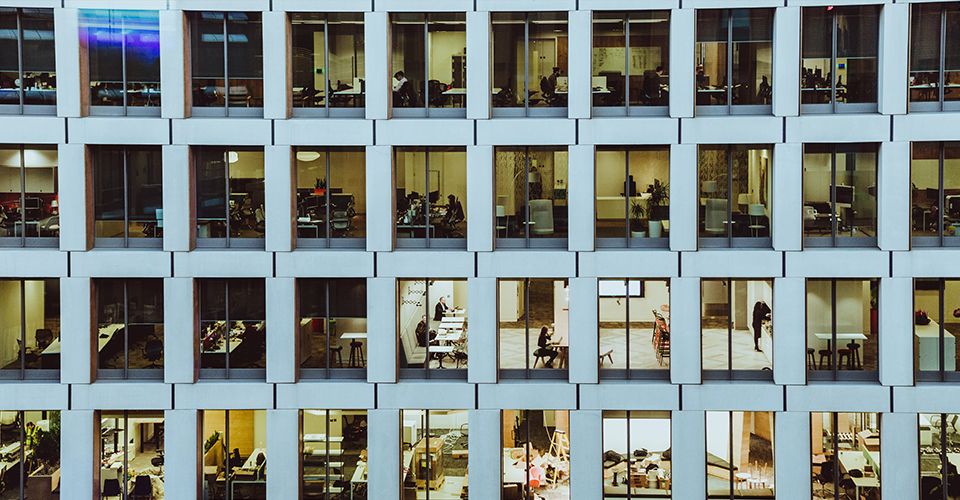In recent years, I would always start any sustainability talk by highlighting how climate change represented the biggest challenge to humanity. That has been adapted in 2020, with the impact of the coronavirus pandemic and its devastating effect on human health and our global economy.
Some commentators have referred to 2020 as a great pause and pointed to how levels of carbon dioxide dropped significantly as countries locked down their borders and how ecosystems had a brief, temporary respite. Others are looking to 2020 as the year that marked a significant reset on how we think about protecting our planet and creating a resilient world where humanity does not just survive, but thrives.
A green recovery is one where governments and businesses put the environment at the centre of plans to rebuild the economy. The opportunity – an economic recovery that factors in cutting carbon emissions, protecting biodiversity, and building resilience by working with nature, rather than against it.
Here are four green recovery trends we are seeing at Interface:
Protecting nature at the centre of a green recovery
In a recent interview with Greenbiz, former Unilever CEO, Paul Polman, put the importance of protecting nature succinctly, “COVID has made clear that there cannot be healthy people on an unhealthy planet”.
For a green recovery, we need to ensure we respect nature, connect with it and learn from it.
Carbon and carbon emissions are a challenge and an opportunity
Global warming has been caused by humanity creating an imbalance in the carbon cycle of the natural world. As we industrialised, humanity put an excess amount of carbon dioxide into the atmosphere and as a greenhouse gas this has caused our planet to warm. The proof is that nine of the ten warmest years have occurred since 2005, with 2019 the second warmest year on record.
To change this, we need to repair the carbon cycle, by stopping excess man-made carbon emissions entering our atmosphere and finding ways to even remove it. For a manufacturer, the focus needs to be on the carbon embodied in your products and supply chain. At Interface, we have been working for 26 years on reducing the carbon footprint of our products to the extent that all our products are now carbon neutral. We have been transparent on the carbon footprint of our products and provide these figures through Environmental Product Declarations. We are delighted to see other sectors take this approach such as how Unilever recently announced it would be seeking to put carbon footprint labels on its products to treat carbon emissions more like counting calories.
Businesses taking the green recovery initiative
In July, Apple announced a revised climate pledge to be fully carbon neutral by 2030 in relation to its operations, supply chain and products. This followed Microsoft’s pledge to be carbon negative by 2040 and similar commitments by Amazon, Sky and the launch of the Transform to Net Zero group.
What is noticeable is that there is that the level of ambition is rising, with a realisation that for manufacturers, your carbon footprint goes beyond just your energy and direct operational footprint and into products and services.
A green recovery as an inclusive recovery–
Paul Polman recently stated how, “businesses cannot succeed in societies that fail”. There are growing calls for a both a green recovery to be inclusive, just and resilient. The Black Lives Matter movement, that followed the brutal murder of George Floyd, has made many individuals and companies, re-evaluate approaches to diversity and inclusion and follows up on progress on gender, LGBTIQ and disability rights. In addition, there are many calling for recovery plans that tackle poverty and embrace the Sustainable Development Goals. Eco-innovator and author, Mark Shayler, remonstrated over the opportunity for a mindset shift and a more interconnected approach in a recent podcast. The time for change is really upon us to create a healthier planet for all.


